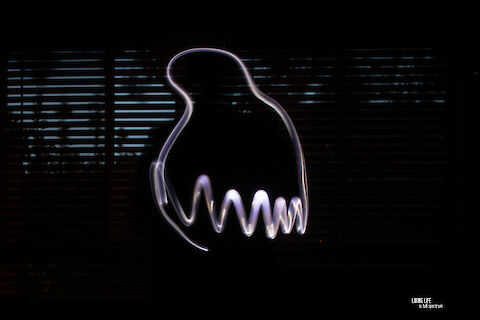

Painting with light to create a ghostly photo
In the digital age, it is easier than ever for a person to 'fake' a ghost photo. All you have to do is take a selfie with your smartphone and an app can put an apparition for you. For those who are a little more clever with photoshop, they can insert the image with more realistic results. The possibilities are becoming endless. A lot of people are aware of these and it is commonly one of the first assumptions when dealing with a 'ghost' photo. If you know how to use a camera properly however, there are a couple of ways you can create your own apparition, just by using a slow shutter speed.
I wrote a previous article called Is it paranormal or is it just slow shutter speed? This went into the details of how a shutter on a camera works and how and why this can affect your photos. Using a slow shutter speed, I was able to create an apparition and a double of myself using a slow shutter speed and a flash.

Image Source Sarah - Living Life In Full Spectrum
Converted digital cameras often run with a slow shutter speed causing motion blur. When a person shakes while taking the photo or a person moves slightly, they often end up looking a bit like a blurry see-through ghost. Many photos have crossed my desk which I have discovered were just a real person moving. This is why it is crucial to have a basic understanding of shutter speed if you are taking photos. The article Is it paranormal or just slow shutter speed goes into that detail so please check it out if you want some more information.
Painting with light
A fun technique often used by photographers is a technique called 'Painting with light'. Do you ever see those photos where a person writes a word or has a symbol like a love heart using light? This is what painting with light is. You are essentially using a slow shutter and moving a light source to create the effect. If you wanted to write the word love, you could stand with a sparkler and once the button is pressed on the camera, you write the word love in the air with your sparkler. In my case, I stood in the dark with a flashlight (or torch for us Aussies) and drew a ghost. You end up with a result like this:

Do you like my little ghost? This was achieved using a shutter speed of 30 seconds and a flashlight in my hand. I then drew the outline of a ghost. You can also do a love heart, write the word love etc. You get the idea
Admittedly, I had never even thought about using this technique to create ghostly photos until I randomly read it in a psychology paper I was reading. e author attended a workshop where the challenge again was to create a ghostly photo. Professional photographers also in attendance while aware of the technique, had never really thought to use it to 'create a ghost'. After reading this, my first reaction of course was to grab my camera and gave it a try!
Using a shutter speed of 30 seconds and using a flashlight to light up your subject using slow movements (not too slow or too fast) you create a ghostly effect.
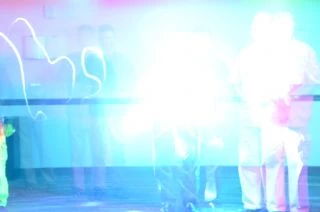
Image source psychology today
Funnily enough, when I first attempted this myself, my son walked into the room and turned on the light. It actually gave a really cool effect where it looked like I had no head.
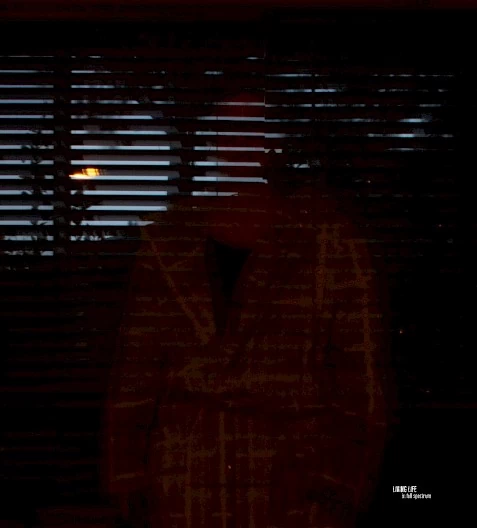
Yes I was in my dressing gown and PJS!!
I wanted to try and recreate a typical scenario that you will see on social media. I had my son Jake sitting very still on the couch, and I then used a flashlight to light up the area on the right side next to him by slowly moving it up and down. What was left was a subtle 'mist'. Often people post photos like these on social saying there is a presence watching over them. While that very well may be, in my case, it was me standing next to the camera with a flashlight.
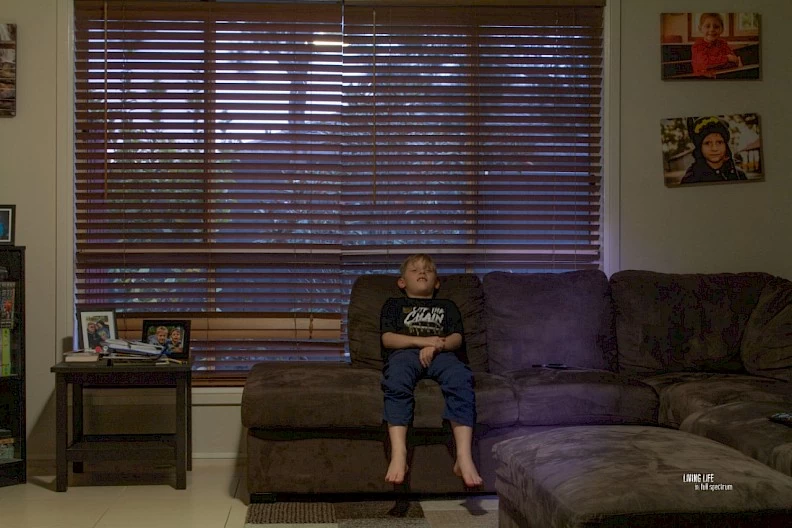
Of course, this is very subtle and depending on what kind of device you are using you may not even see it. I did it this way to recreate a typical scenario. (I just didn't include a red circle to point it out). It is however subtle so I also went on to create something a little more obvious.
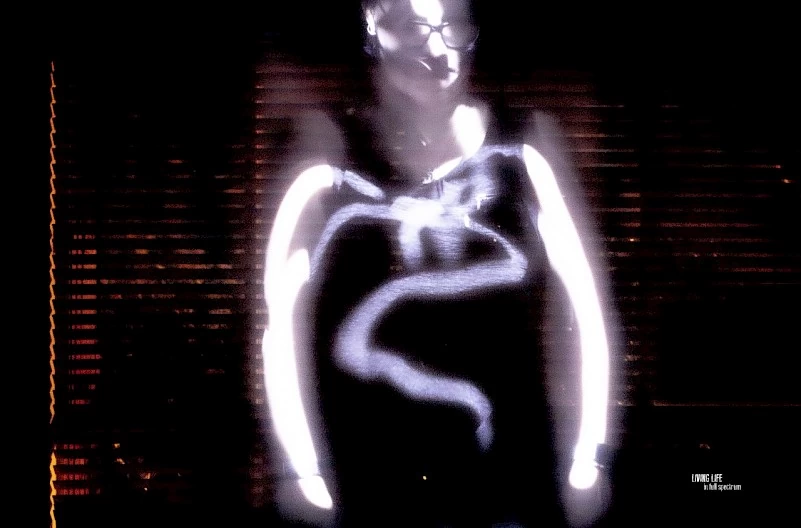
Probably a little TOO obvious, but this was my second attempt. It is a fiddly process but once you get the hang of it, you would be able to create a lot of convincing shots. Funnily enough, during other attempts, I was able to unintentionally recreate a common effect we see in the photos presented. People believe it is a 'rod of energy' or a spirit manifesting. In this case again, it is slow shutter speed.
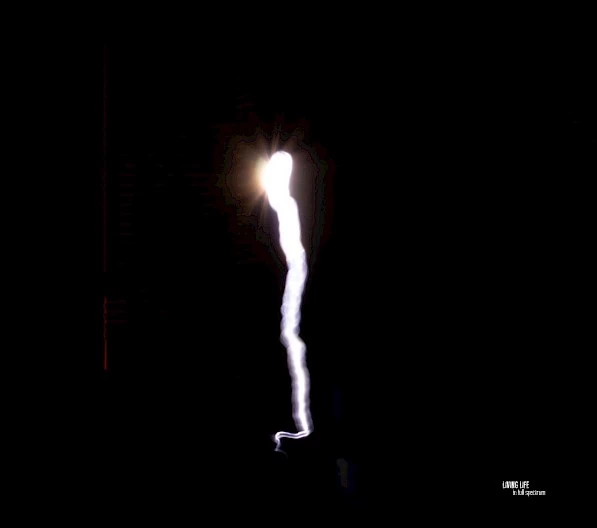
Of course a photo presented may not be intentionally faked. When people are using cameras in the dark, the shutter will typically stay open for longer to let in more light. Even our phones can do this. A person may have all the best intentions in the world, but not realise that the slow shutter speed is causing this effect. This is why if you have taken a photo or you are presented with one, EXIF data becomes your best friend.
When analysing photos, the first thing I always do is check the EXIF data. There are 2 key points I am looking for.
1. How long was the shutter open for?
2. Was a flash used?
Quite simply, if there is a photo of an alleged apparition and you notice that the shutter speed was 30 seconds, there is your answer. If the photo comes back without any EXIF data, it means that it is not the raw original photo. If a person is not being deceptive and is seriously looking for an answer, they will be able to provide you with the original photograph. We need to work smarter and not harder. Our time is precious and I know I get really annoyed when I am sent photos that have very obviously been faked. I would rather spend my time educating someone who has presented me with a photo with a genuine question wanting to learn what it is that happened in the photograph and what has caused it as opposed to someone who is deliberately being deceptive. Unfortunately, those people are out there.
If you want to know more about EXIF data, you can read my article Understanding the basics of EXIF data for reviewing paranormal photos.
With that being said, this is also a fun exercise to try and something you can learn from too! If you have a camera where you can adjust the shutter speed and a flashlight, give it a try! It is great to do this kind of things first-hand because the results give you a better understanding of how a camera works with light. The more you try it, the more you understand how it works and the easier analysing photos actually becomes!
Don't forget to LIKE the Facebook page for updates on new content www.facebook.com/livinglifeinfullspectrum
If you enjoy LLIFS, consider buying me a book (otherwise known as buy me a coffee but I don't drink coffee and I LOVE books). Your donation helps to fund the LLIFS website so everyone can continue to access great paranormal content and resources for FREE!

Top pages with similar subjects
Pepper’s Ghost 4223
Don't forget to follow the Facebook page for regular updates
Join the mailing list to receive weekly updates of NEW articles. Never miss an article again!
Buy the latest and past issues Haunted Magazine
Check out the books written by LLIFS